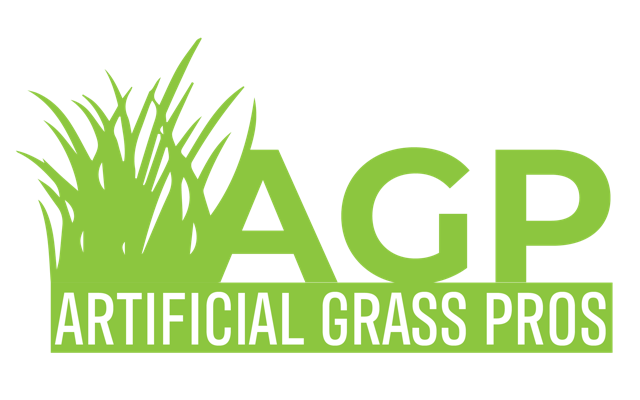Playgrounds are a great place for kids to have fun, explore and make memories. However, it’s common knowledge that they can also be dangerous. With the risk of falls and injuries, it’s important to make sure that playgrounds are safe. One of the best ways to do this is by using impact-resistant turf. In this blog, we will explore what impact-resistant turf is, and how it can make playgrounds safer for kids.
What is impact-resistant turf?
Impact-resistant turf, as the name suggests, is a type of turf that is designed to provide additional cushioning, reducing the impact of falls and injuries. It is typically made of a combination of materials like rubber, foam, and sand. This type of turf reportedly offers superior shock absorption and reduces the severity of injuries by providing a softer landing surface than traditional materials like concrete, wood chips, sand or gravel.
Why is it a better choice for playgrounds?
While maintaining the benefits of traditional materials, impact-resistant turf goes the extra mile and provides additional cushioning and safety for children playing on the playground. Concrete and asphalt surfaces, once the norm for playgrounds, can result in serious injury, often leading to fractures and head injuries. By comparison, impact-resistant turf “gives” enough to help absorb the impact, reducing the chance of injury. This type of turf has also been associated with less impact-related fatigue on kids’ legs and feet, which may allow for longer play-times.
What are the benefits of using impact-resistant turf for playgrounds?
Impact-resistant turf has many benefits, including:
- A safer landing surface: Impact-resistant turf significantly reduces the chance of injury caused by falls.
- Durability: Impact-resistant turf can typically withstand up to 10 years of regular foot traffic and outdoor weather conditions.
- Accessibility: This type of turf is versatile and can be installed in most outdoor areas, allowing for greater accessibility to safe playgrounds.
- Maintenance: Impact-resistant turf requires virtually no maintenance compared to traditional playground surfaces like gravel, sand, or mulch, which often need to be replenished to maintain adequate impact-resistance levels.
- Environmentally friendly: Impact-resistant turf is usually made from recycled materials and requires no pesticides, fertilizers, or water.
Playgrounds should be a fun and safe place for children to play. Using playground turf is a great way to ensure that they remain that way. The durability, accessibility, and low maintenance needs make it an ideal choice for schools, communities, and other public playground areas. By providing a safer, healthier, and more environmentally responsible play space, impact-resistant turf is a smart and rewarding investment for any community.
Learn more today from our other great reads!

Recent Comments